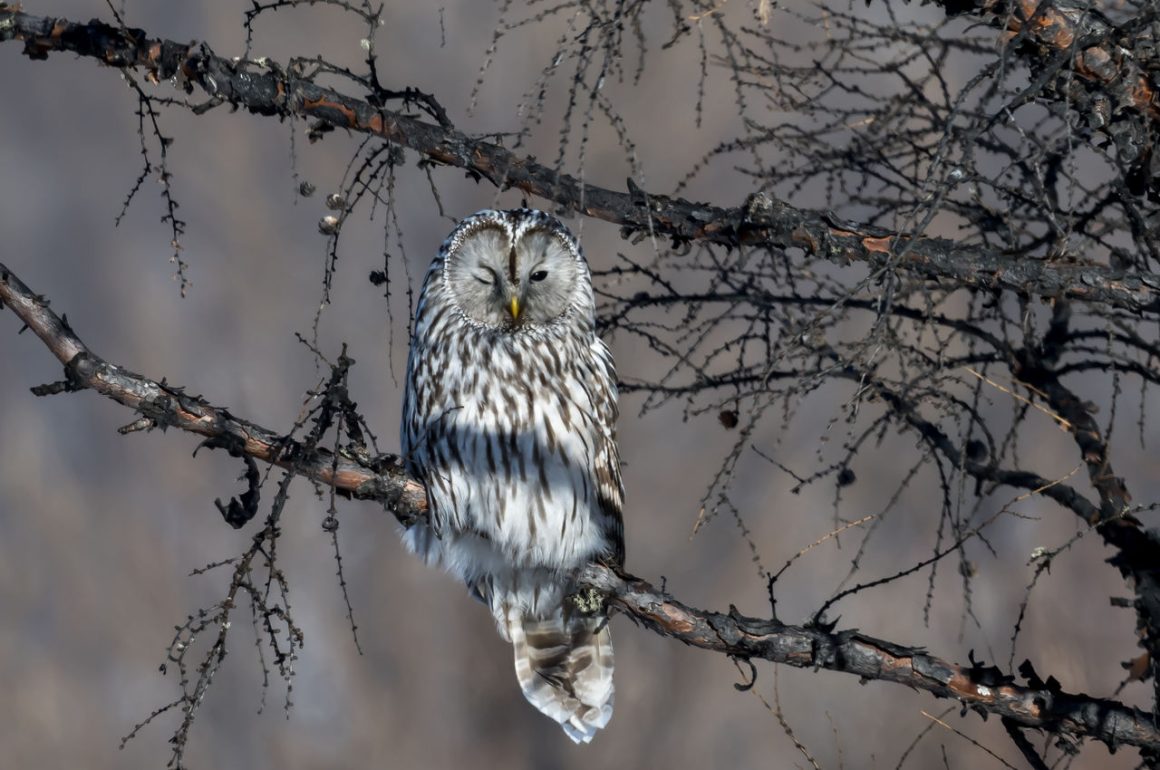
In Germany, the last wild living Ural Owl was shot in 1926, though there has been a reintroduction program in Bavaria that started in the 2000s. The alternative is to see a Ural Owl at the Leipzig Zoo – but I usually find seeing owls in zoos rather depressing.
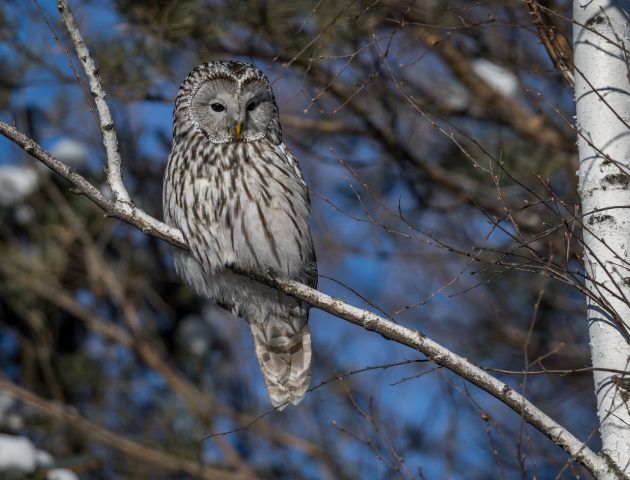
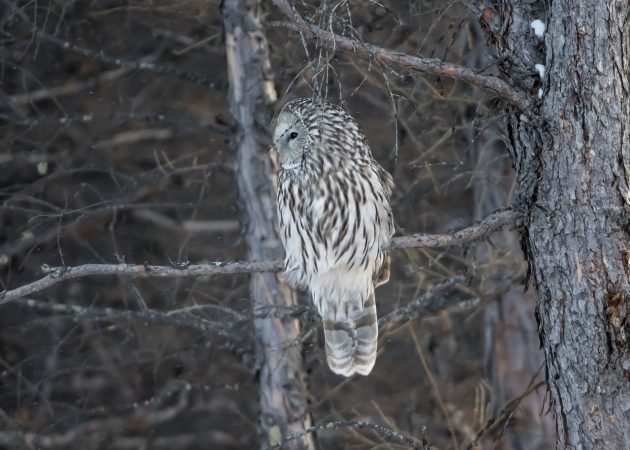
Instead of zoos, Ural Owls prefer to live in areas with mature but not too dense primary forests, normally close to an opening (source). That is rather helpful in finding them when driving through the Northern parts of Inner Mongolia – in the forests there, the road is probably often the only opening. As a consequence, I saw a Ural Owl almost every day there, sometimes even two or three on the same day.
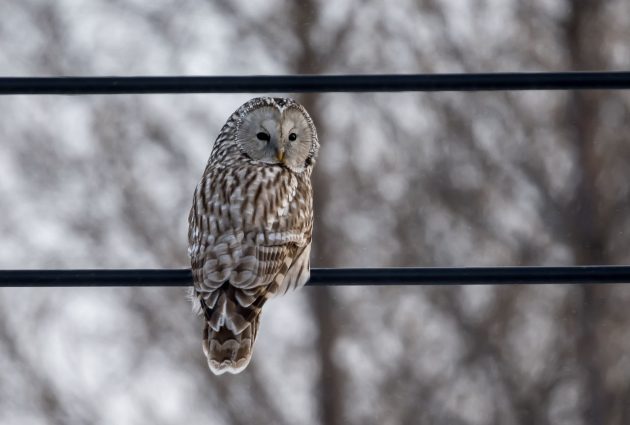
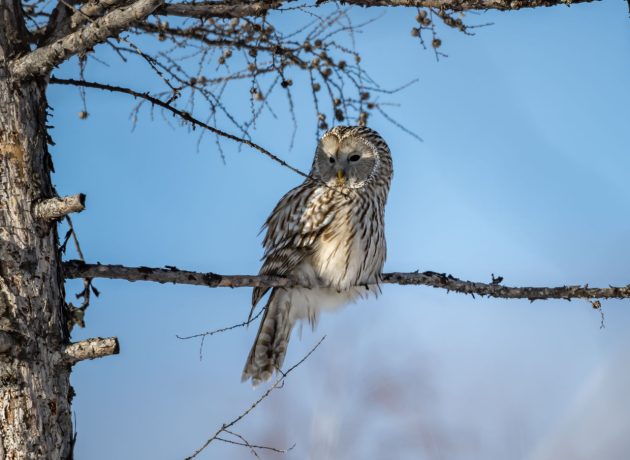
Generally, Ural Owls tend to occur in remote areas far from human habitations (source) – those locations are not hard to find in Inner Mongolia.
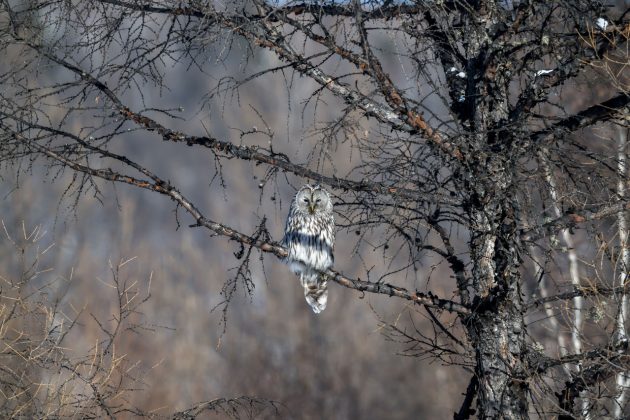
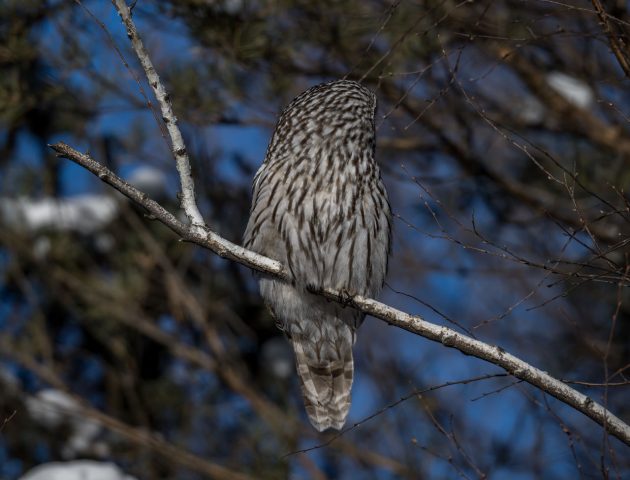
Partly as a consequence, the Ural Owl is categorized as Least Concern, with a population estimated between 640,000 and 1,052,000 adults across huge areas. Many of these areas are relatively remote and undeveloped, reducing the risk of owls dying from human activity.
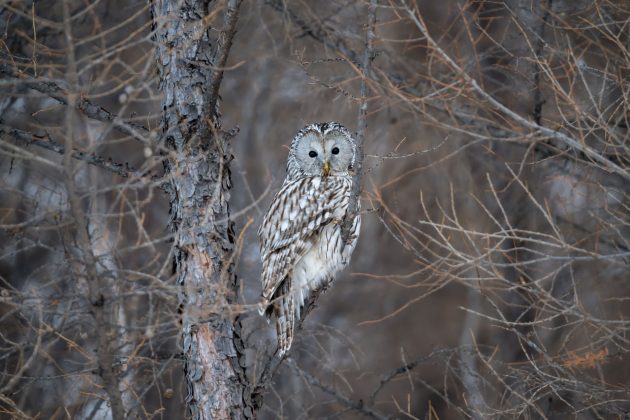
According to one source, Ural Owls are not too shy and may be approached quite closely, but I found this not to be true – there is extreme variation between individuals. Some were very shy indeed, and on average, I would rank this species as shier than both the Great Grey Owl and the Northern Hawk Owl, both of which were also encountered on this trip in similar circumstances.
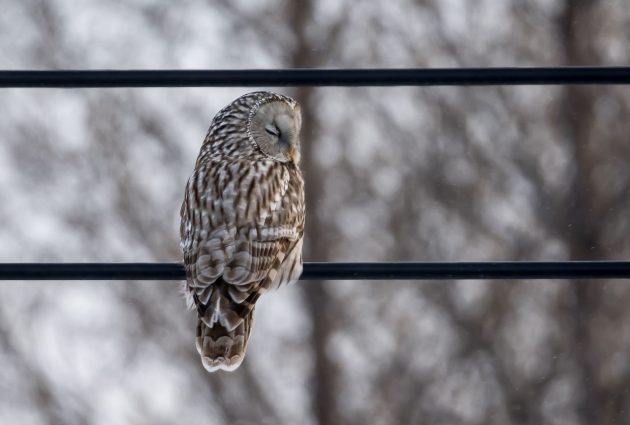
Fortunately, some Ural Owls are indeed relatively relaxed when watched from some distance, as can be seen in this video.
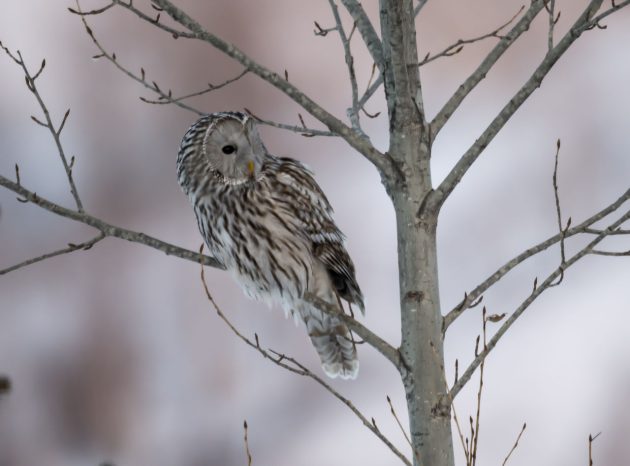
Ural Owls are monogamous, residential, and highly territorial, maintaining territories for several years. In particular, they aggressively defend their nests.
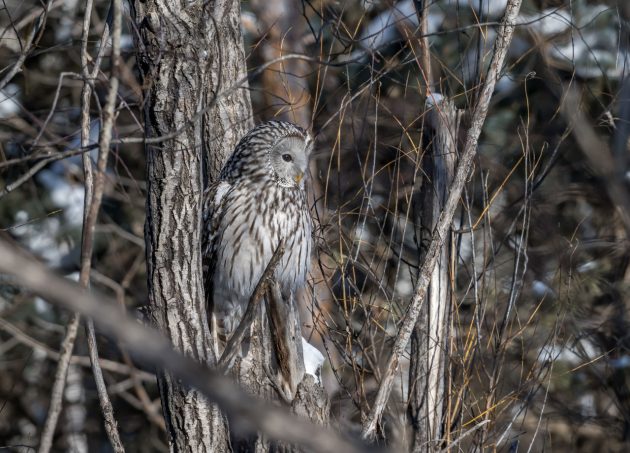
This protection may even indirectly cover other bird species – in an experiment, ground-nesting birds were found to be safest from predators such as weasels and Corvids when nesting close to the nest of the owl.
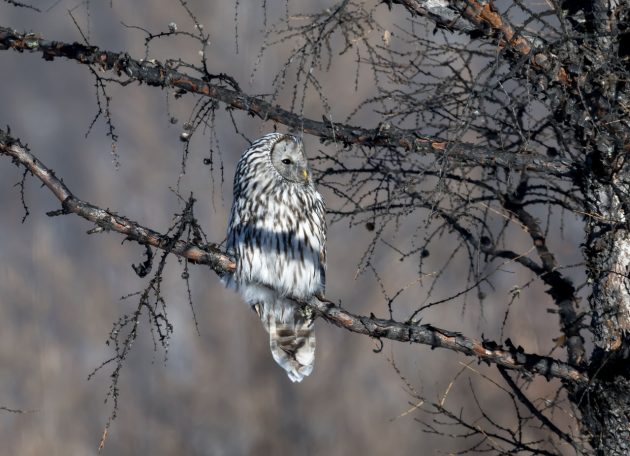
As usual for owls, the female is on average heavier (870 g) than the male (720 g). The average prey size – small mammals, mainly rodents – is about 44 g, about 5% of their body weight.
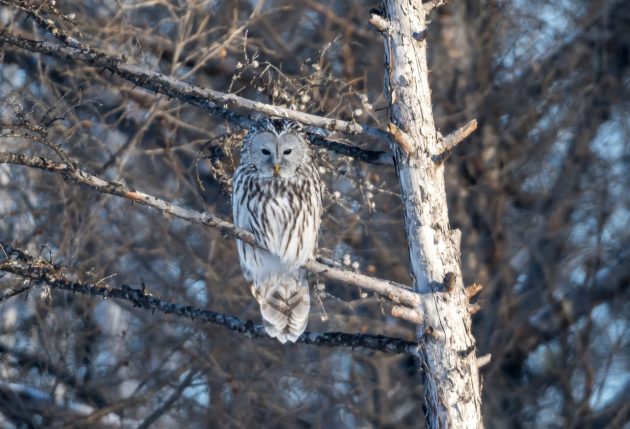
Female owls seem to be able to time their egg-laying depending on prey availability – in one study in Finland, only 24% of the females laid eggs during years with low vole numbers, while 76% laid in peak years.
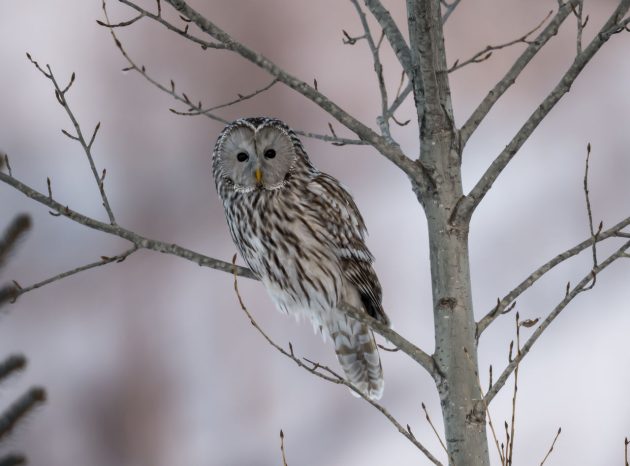
The breeding success in Finland was also driven by the age of the female Ural Owl. 3-5-year-old females were found to be less productive than those 6 to 9 years old, and strangely, females more than 10 years old tended to lay larger and more rounded eggs (source).
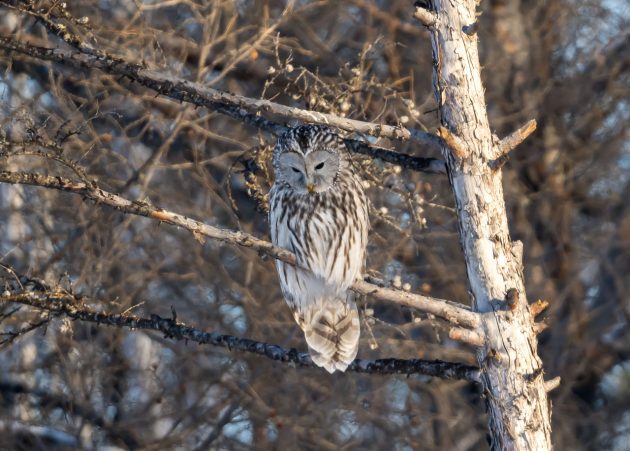
For an owl, the Ural Owl has comparatively small eyes, a hint that the owl is not exclusively nocturnal but also hunts in the daytime (source).
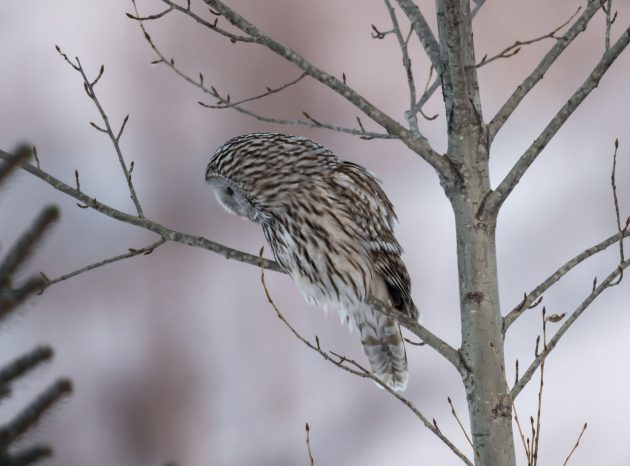
And while owls are generally not considered to be very bright, experiments showed that they learned from experience when choosing their hunting grounds.
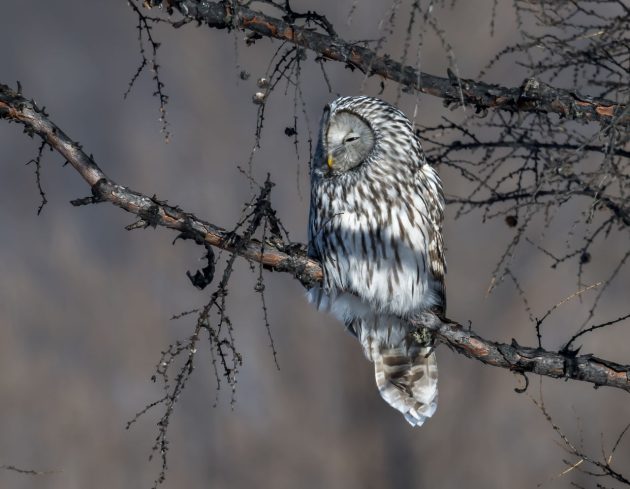
One curious research result comes from analyzing the weight and sex of voles in Finland – comparing those caught by Ural Owls and those caught by the research biologists. Apparently, the Ural Owls caught larger and reproductively active voles than the researchers, indicating active selection of the mature voles as prey.
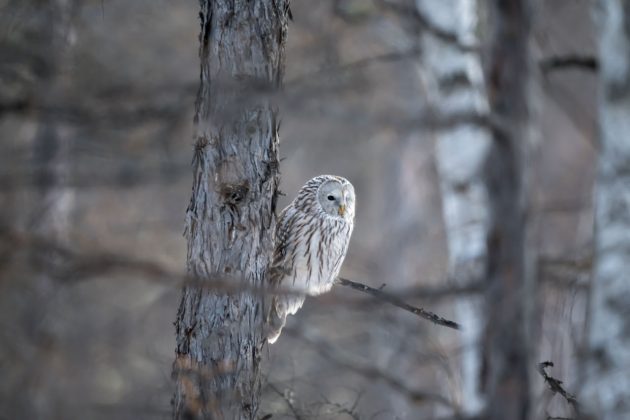
Finally, a piece of advice for those who run websites on animals symbolizing this or that: Get your species right!
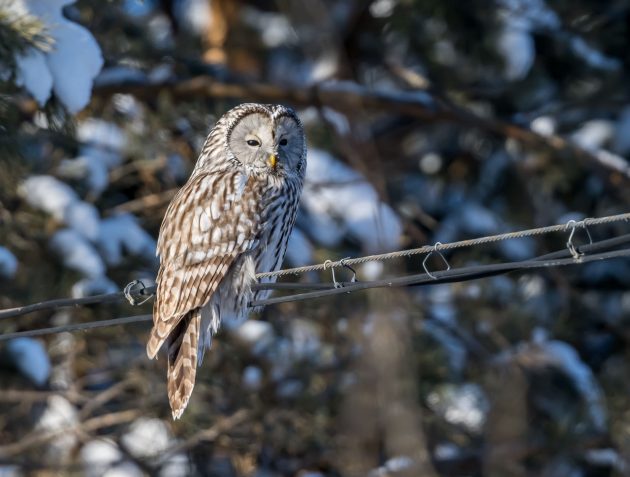
For example, spiritandsymbolism.com talks about the Ural Owl African Symbolism, stating that the owl “holds significant symbolism in African culture”. Strange to be a symbol on a continent where there are no Ural Owls.
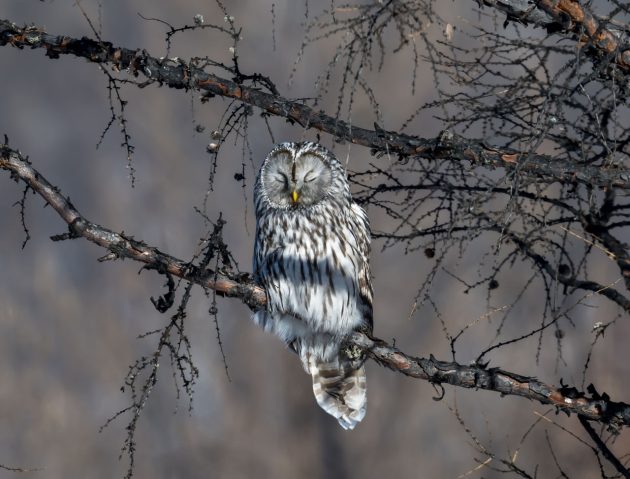
Or take tukanmedia.pl, which starts with the amazing statement “Ural Owl – Also referred to as tawny owls”. If you cannot even get the species right, why should I trust your assessment that in the past, the Ural Owl “was considered a symbol of misfortune, an embodiment of the devil, and even a harbinger of death”?
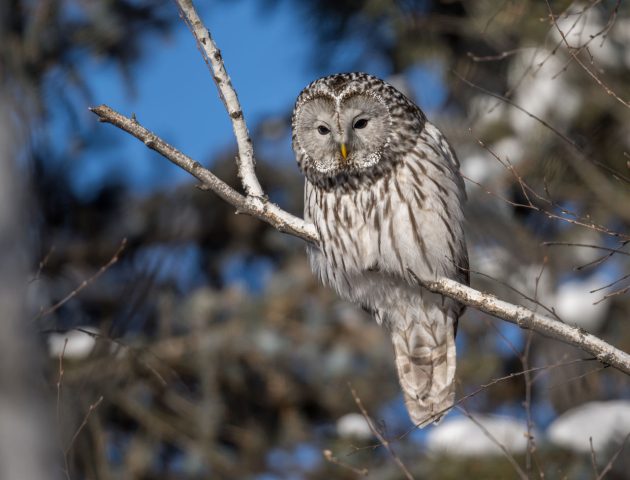
Then again, other symbolic meanings of Ural Owls are straightforward, easy to understand, and very likely proven by meticulous research: “The Ural Owl speaks of imbalances in the urinary aspect but also balance” (source).
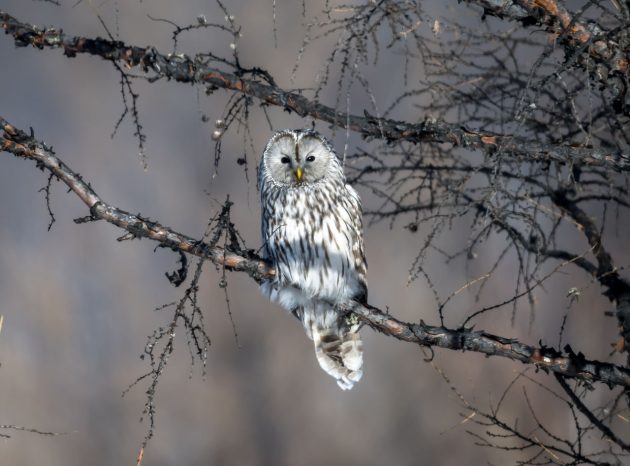
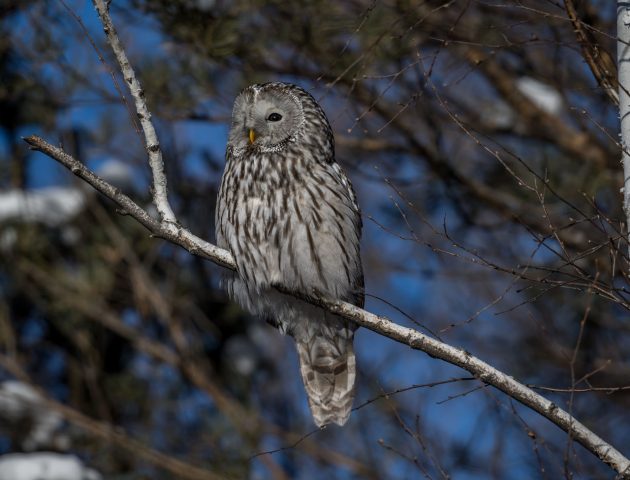






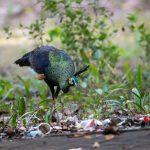

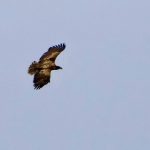




I have only seen Ural Owl once myself but they are very impressive birds. According to teh Cornell Lab encyclopaedia: “when humans approach its nest, the female is not averse to interaction. If her distraction display fails, she will aim to strike the intruder from behind, claws extended and targeted at the head and shoulders, with the resultant impact occurring at up to 40 km/h – the equivalent force of a 72 kg mass falling from a height of 1 m – hence the colloquial Swedish name of Slaguggla or “attacking owl”
Not a bird to mess with!
Nice pics. Yes, Ural Owls are highly aggressive and you should always be careful approaching them…I know!
Great photos of a beautiful species!